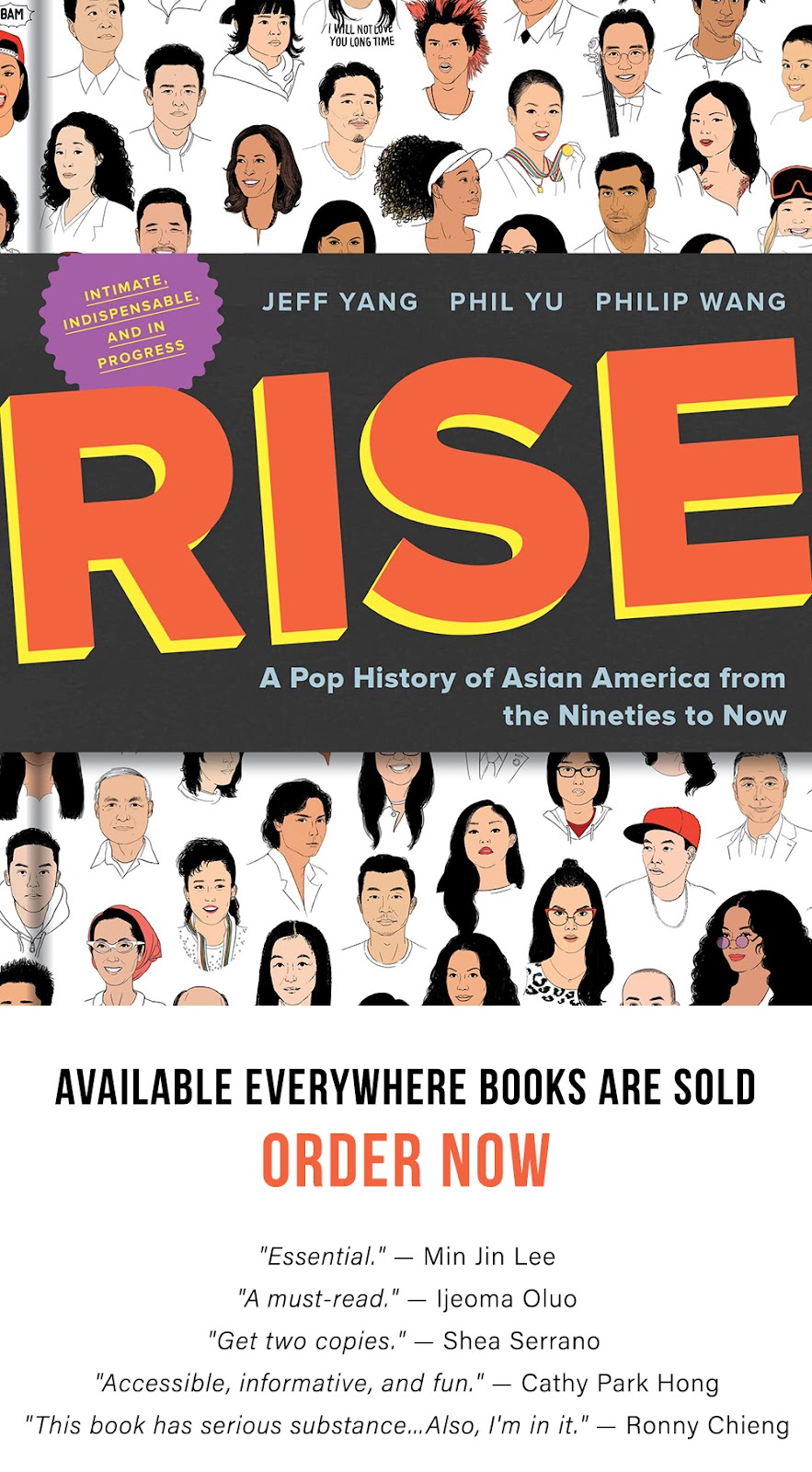Saw this fascinating item tweeted out the other day by Slate Vault (though curiously, the tweet is now gone)... The National Museum of American History's online Japanese American Internment Era Collection includes a series of letters that tell the story of a young Japanese American man who applied to Yale University -- and was rejected -- while he was incarcerated in an internment camp.
As a teenager, Kinji Imada was one of thousands of Japanese Americans who were forcibly removed from the West Coast and relocated to an internment camp during World War II. When he graduated from high school at the Gila River War Relocation Center, he applied to colleges, including Yale.
However, as this letter from the Board of Admissions states, while Kinji's application was "carefully considered," he was rejected because the university was "not permitted to accept students of Japanese parentage":
No doubt disheartened by the rejection, Kinji enlisted the help of a friend already at Yale, hoping to understand the circumstances of the rejection. The friend's reply stated that for the moment, Kinji's chances of acceptance to Yale were pretty dismal, due to the restriction on admitting students of Japanese heritage:
On September 24, 1945, Public Proclamation No. 24 was issued, revoking the exclusion orders against people of Japanese ancestry. Still determined to attend Yale, Kinji re-applied for the November term:
But after all that, despite his efforts to get into Yale, Kinji ultimately decided to pursue higher education at Harvard University. On October 25, 1945, he formally wrote Yale to withdraw his name from the applicants list:
According to the museum's website, Kinji spent a year at Harvard before enlisting in the U.S. Army. After military service, he returned to Harvard to study architecture, and went on to enjoy a lengthy career as an architect in the San Francisco Bay Area. He passed away in 2005 at the age of 77.
To see more artifacts, go to the Japanese American Internment Era Collection.
